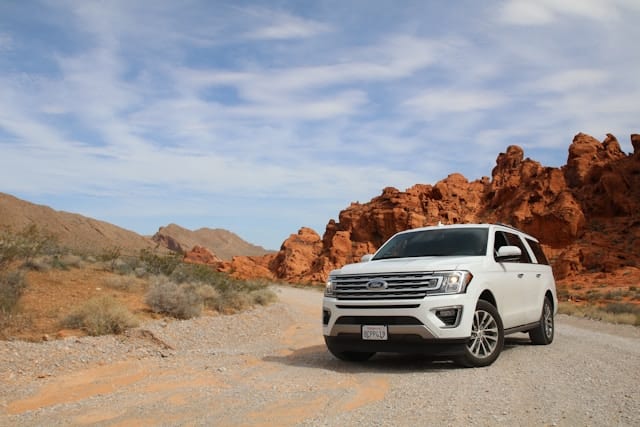How Different Climates Affect Your Car’s Bodywork
 No matter where you live, the climate plays a surprisingly big role in how your vehicle looks and lasts.
No matter where you live, the climate plays a surprisingly big role in how your vehicle looks and lasts.
At Chaney’s Collision Centers, we know that keeping your car in top shape means understanding how sun, rain, snow, humidity, and temperature swings each bring unique threats to your car’s bodywork. Here’s what you need to know about how climate can affect your investment—and the smartest ways to fight back.
Sun and Heat: More Than Just Faded Paint
- Paint Fading and Oxidation: Intense sunlight and UV rays can break down your car’s paint, causing it to fade, lose gloss and develop a chalky appearance. Over time, oxidation sets in, making the finish look tired and reducing resale value.
- Cracked Trim and Seals: Heat rapidly warps and dries plastic and rubber, causing seals, window weatherstripping, and trim to become brittle and crack.
- Interior Damage: Sun doesn’t stop at the paint—upholstery, dashboards, and interior plastics crack and fade, especially if you often park in open lots.
Protection Tips:
- Park in shaded areas or use sunshades.
- Regularly apply UV-protective waxes or automotive ceramic coatings.
- Keep up with trim conditioning to prevent drying.
Rain and Humidity: Rust’s Best Friend
- Bodywork Corrosion: Rain combined with air pollutants accelerates rusting, especially where clearcoat is thin or chipped. Humid environments keep surfaces damp for longer, making rust more likely to develop on panels, seams, and undercarriage parts.
- Water Ingress: Persistent rain can seep into your car’s cabin—damaging electronics, encouraging mold, and causing unpleasant odors.
- Brake and Suspension Issues: Components like brakes can develop surface rust or sticky calipers in prolonged wet or humid climates.
Protection Tips:
- Wash regularly and dry thoroughly—focus on the undercarriage.
- Use rust-proofing sprays or coatings, especially if you live near the coast or in a rainy region.
- Keep weather seals intact to prevent leaks.
Snow, Ice, and Road Salt: Winter’s Assault
- Salt-Induced Rust: Road salt, used to de-ice roads, is highly corrosive and clings to metal—quickly leading to widespread rust, especially in wheel wells, sills, and suspension components.
- Physical Damage: Ice scraping and shoveling snow off your car can leave microscopic scratches in the paint, opening the door to rust and flaking.
- Cracked Paint and Brittle Materials: Freezing temperatures cause paint and plastic to contract, which can lead to cracks, peeling, and other long-term issues.
Protection Tips:
- Rinse the car (especially the underbody) regularly in winter.
- Apply wax or consider a ceramic coating before cold weather hits.
- Repair chips and scratches before winter to block out moisture and salt.
Temperature Fluctuations and Organic Hazards
- Paint Stress and Microcracks: Rapid changes between warm days and cold nights (common in spring and autumn) stress your paint, eventually leading to microcracks that allow water—and ultimately rust—to infiltrate.
- Organic Debris: Falling leaves or bird droppings trap moisture and acid against your paint, accelerating deterioration.
Protection Tips:
- Clear leaves and debris from drains, wiper cowlings, and sunroof seals.
- Remove sap or droppings quickly to prevent staining.
The Chaney’s Collision Centers Commitment
Understanding your region’s climate risks helps you take action before problems start. At Chaney’s, our technicians offer climate-aware advice and repairs tailored to local conditions, so your car stays protected year-round.
Don’t gamble with the elements. Whether you’re battling Arizona’s sun or surviving a snowy winter, we’re here to help keep your car looking its best—season after season.
Take action against the climate—and trust the experts at Chaney’s Collision Centers to care for your vehicle’s bodywork, whatever the weather throws your way.

